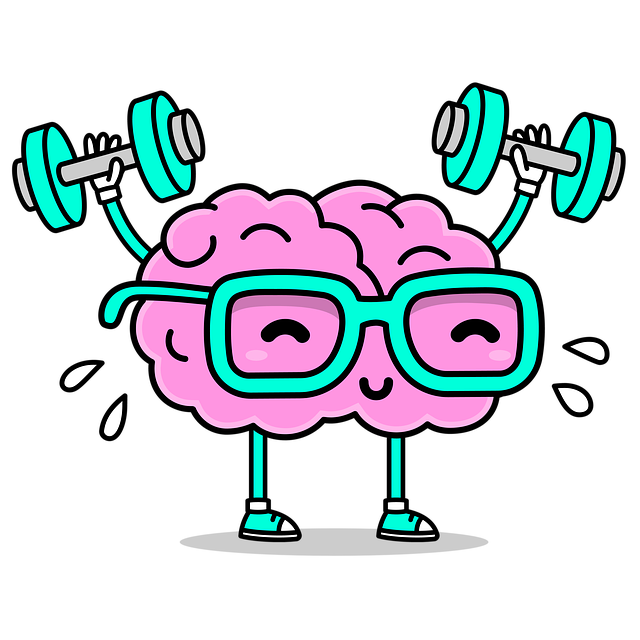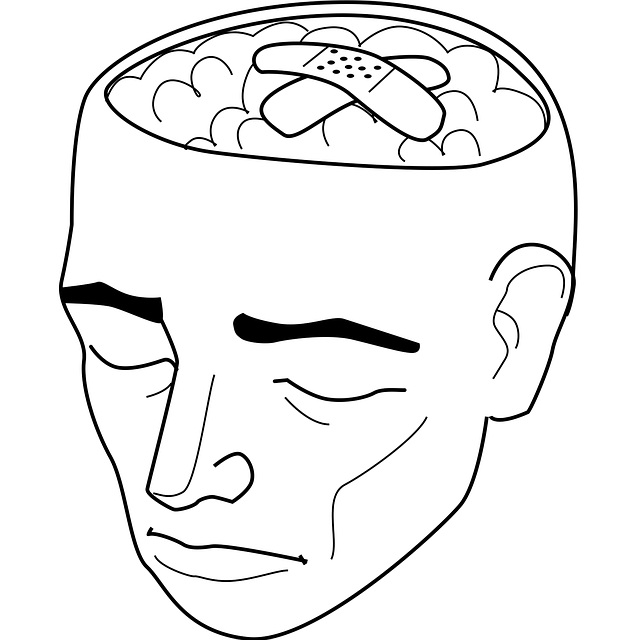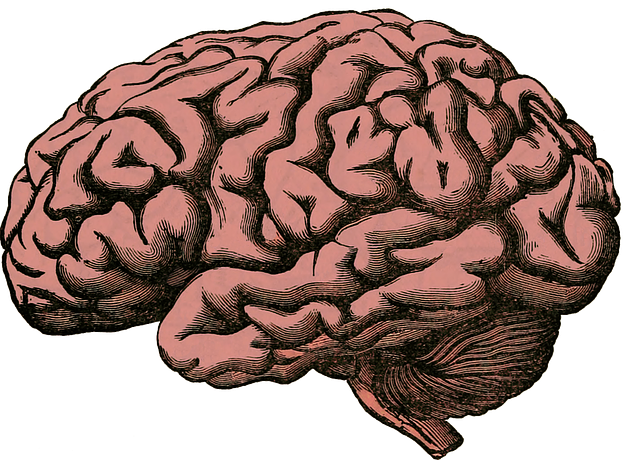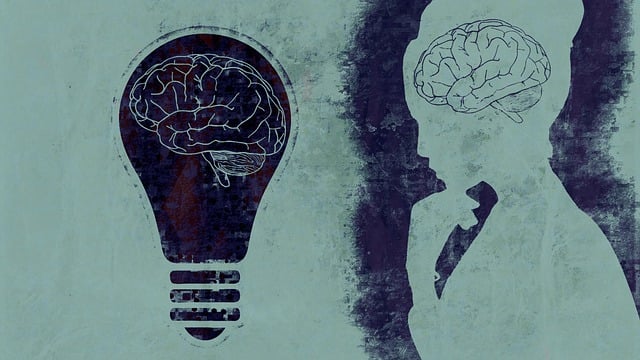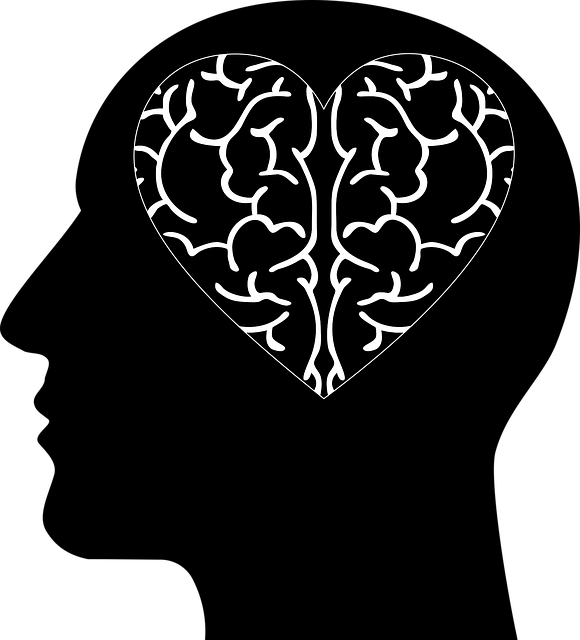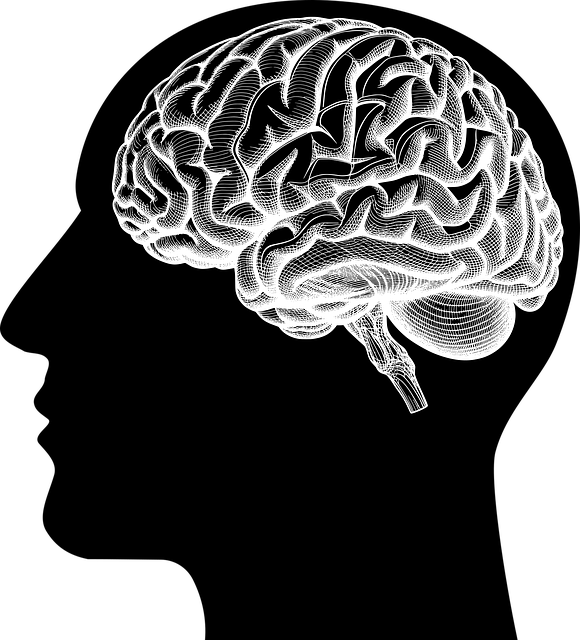Mental health education is a vital strategy to combat societal stigma and empower individuals with self-care tools. Through tailored programs, focusing on diverse audiences' needs (from students to healthcare providers), communities can enhance mental wellness literacy. Engaging curricula using discussions, case studies, role-playing, and creative arts, along with practical exercises like mindfulness and assertiveness training, creates impactful learning experiences. Integrating evidence-based practices such as cognitive-behavioral therapy (CBT) ensures effective management of conditions like anxiety and depression. Continuous evaluation and feedback mechanisms are essential for long-term program sustainability, allowing for data-driven improvements in curriculum and delivery methods, ultimately fostering a culture of proactive mental well-being.
Mental health is a vital aspect of overall well-being, yet it often receives less attention than physical health. With increasing rates of anxiety, depression, and substance abuse disorders, such as Centennial drug abuse, there is a growing need for comprehensive mental health education. This article explores the design of effective programs, from identifying the target audience to implementing evidence-based practices and evaluating success. By integrating engaging content and continuous improvement strategies, schools, workplaces, and communities can foster healthier environments.
- Understanding the Need for Mental Health Education
- Defining Objectives and Target Audience
- Designing Engaging Content and Activities
- Incorporating Evidence-Based Practices
- Evaluation, Feedback, and Continuous Improvement
Understanding the Need for Mental Health Education

In today’s fast-paced and often stressful world, mental health has emerged as a paramount concern for individuals across various demographics. The pervasive nature of mental health issues demands a proactive approach, which is where Mental Health Education plays a pivotal role. Centennial Drug Abuse-Substance Abuse Therapy has long been recognised as an effective intervention strategy, but integrating emotional healing processes into educational curricula is equally vital. By equipping students with the knowledge and tools to navigate their mental well-being, we empower them to tackle challenges head-on, fostering a culture of resilience and awareness.
Understanding the intricate relationship between Mind Over Matter Principles and overall wellness, these educational programs focus on promoting anxiety relief and nurturing healthy coping mechanisms. This proactive approach not only benefits students but also contributes to breaking down societal stigma surrounding mental health discussions. With a comprehensive understanding of emotional healing processes, individuals can better manage stress, build resilience, and cultivate an atmosphere where open conversations about mental health thrive.
Defining Objectives and Target Audience

Defining clear objectives is a cornerstone in designing an effective mental health education program. The primary goal should be to empower individuals with knowledge and skills that promote self-care routine development for better mental health. This includes educating participants on recognizing signs of stress, anxiety, depression, or substance abuse—like Centennial Drug Abuse-Substance Abuse Therapy—and providing tools to manage these issues. Tailoring the program to a specific target audience is crucial. For instance, a mental health education session designed for high school students might focus on coping mechanisms and peer support, while a workshop aimed at healthcare providers would delve into cultural competency training to improve patient care and reduce bias.
Mental Health Policy Analysis and Advocacy can also be woven into the program design to foster an understanding of systemic issues affecting mental wellness. This involves discussing relevant policies, their impact on access to care, and strategies for advocacy. By considering the diverse backgrounds and needs of participants, educators can ensure that the program is inclusive and impactful, ultimately enhancing overall mental health literacy within the community.
Designing Engaging Content and Activities

Creating an engaging mental health education program requires a strategic approach to content and activity design. The curriculum should be interactive and multifaceted, catering to various learning styles. Incorporating diverse methods such as discussions, case studies, role-playing scenarios, and creative arts can enhance student participation and understanding. For instance, incorporating self-awareness exercises like mindfulness meditation or journal prompts can help individuals explore their thoughts and emotions, fostering a deeper sense of introspection.
Additionally, the program should offer practical tools and skills for managing mental health challenges. This includes integrating communication strategies that promote open dialogue about emotional well-being. Students can benefit from learning active listening techniques, assertiveness training, and conflict resolution methods, which are valuable in both personal and professional settings. Moreover, providing crisis intervention guidance, including recognizing warning signs and accessing support resources, empowers individuals to take proactive measures during difficult times. These interactive elements, when tailored to the target audience, such as addressing Centennial drug abuse-substance abuse therapy needs, can ensure a dynamic and impactful learning experience.
Incorporating Evidence-Based Practices

In designing a mental health education program, incorporating evidence-based practices is paramount. These practices have been rigorously tested and proven effective in treating various mental health conditions, including substance abuse, as highlighted by Centennial Drug Abuse-Substance Abuse Therapy. For instance, cognitive-behavioral therapy (CBT) has shown remarkable success in managing anxiety and depression while promoting healthier coping mechanisms. By integrating such evidence-based techniques into educational curricula, the program can equip participants with powerful tools to navigate their emotional well-being.
Moreover, including modules on stress management workshops and organizational strategies for mental health professionals is essential. These sessions teach practical methods for identifying and mitigating workplace stressors, enhancing overall job satisfaction and productivity. Effective risk management planning is another critical component that ensures professionals are prepared to handle potential challenges, fostering a supportive environment for both patients and practitioners.
Evaluation, Feedback, and Continuous Improvement

Effective mental health education programs recognize the importance of continuous evaluation and feedback to ensure their sustainability and impact. Regular assessments allow for the tracking of progress, identifying areas of improvement, and tailoring interventions to meet specific needs. This iterative process involves various stakeholders, including participants, educators, and healthcare professionals, who collectively contribute valuable insights.
By incorporating feedback mechanisms, such as surveys, focus groups, or one-on-one interviews, programs can gain a deeper understanding of their effectiveness. This data-driven approach enables the refinement of curriculum content, delivery methods, and overall program design. For instance, evaluating the implementation of Centennial Drug Abuse-Substance Abuse Therapy modules within public awareness campaigns can inform improvements in Depression Prevention strategies, fostering a culture of self-care practices and proactive mental well-being.
Mental health education programs play a pivotal role in fostering well-being and preventing issues like drug abuse. By understanding the specific needs of diverse audiences, designing engaging content that incorporates evidence-based practices, and continuously evaluating and improving these programs, we can create effective interventions. For instance, focusing on prevention strategies through Centennial Drug Abuse-Substance Abuse Therapy can significantly impact at-risk individuals. Through collaborative efforts and a commitment to evidence-informed design, we can enhance mental health literacy, reduce stigma, and ultimately improve overall community well-being.





